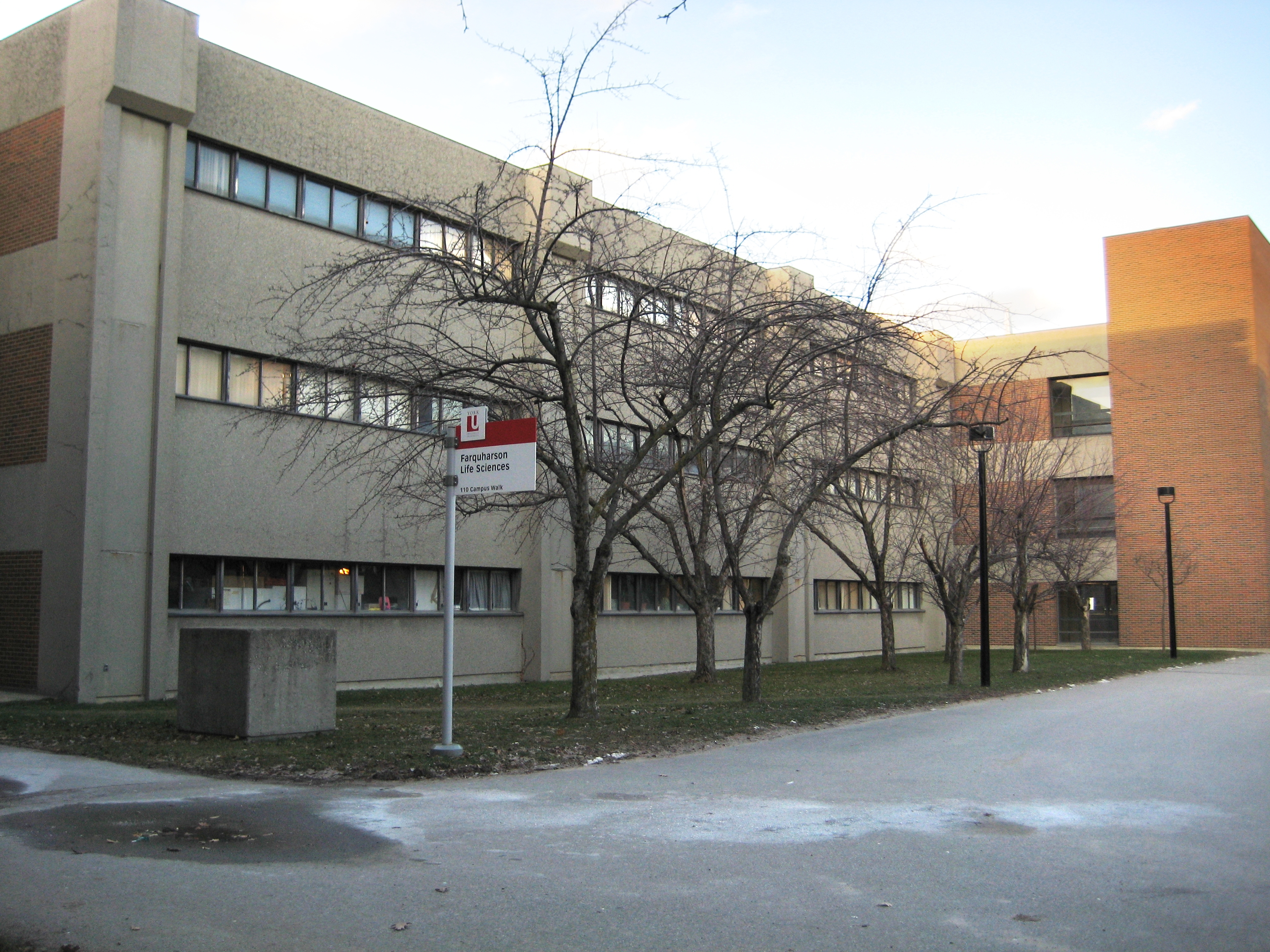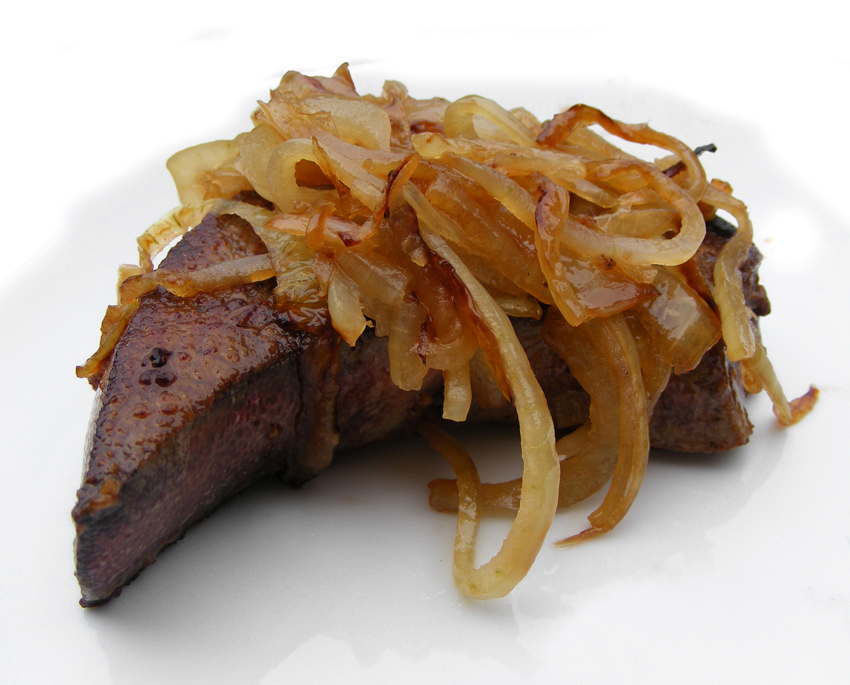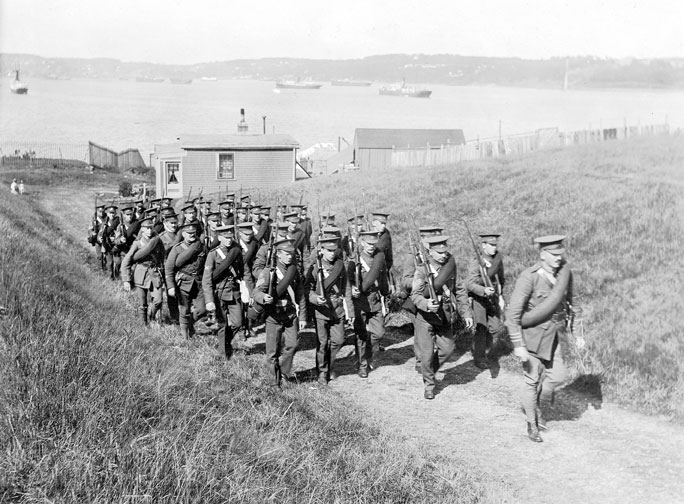|
Ray Fletcher Farquharson
Ray Fletcher Farquharson (4 August 1897 – 1 June 1965) was a Canadian medical doctor, university professor, and medical researcher. Born in Claude, Ontario, he attended and taught at the University of Toronto for most of his life, and was trained and employed at Toronto General Hospital. With co-researcher Arthur Squires, Farquharson was responsible for the discovery of the Farquharson phenomenon, an important principle of endocrinology, which is that administering external hormones suppresses the natural production of that hormone. He served in the First and Second World Wars, earning appointment as a Member of the Order of the British Empire for his medical work during the latter. He chaired the Penicillin Committee of Canada and served as a medical consultant for the Royal Canadian Air Force. He was awarded the Queen's Coronation Medal in 1953 for his work for the Defence Review Board. Farquharson was also a charter member of the Royal College of Physicians and Su ... [...More Info...] [...Related Items...] OR: [Wikipedia] [Google] [Baidu] |
Presbyterian
Presbyterianism is a part of the Reformed tradition within Protestantism that broke from the Roman Catholic Church in Scotland by John Knox, who was a priest at St. Giles Cathedral (Church of Scotland). Presbyterian churches derive their name from the presbyterian polity, presbyterian form of ecclesiastical polity, church government by representative assemblies of Presbyterian elder, elders. Many Reformed churches are organised this way, but the word ''Presbyterian'', when capitalized, is often applied to churches that trace their roots to the Church of Scotland or to English Dissenters, English Dissenter groups that formed during the English Civil War. Presbyterian theology typically emphasizes the sovereignty of God, the Sola scriptura, authority of the Scriptures, and the necessity of Grace in Christianity, grace through Faith in Christianity, faith in Christ. Presbyterian church government was ensured in Scotland by the Acts of Union 1707, Acts of Union in 1707, which cre ... [...More Info...] [...Related Items...] OR: [Wikipedia] [Google] [Baidu] |
Hematologist
Hematology (American and British English spelling differences#ae and oe, always spelled haematology in British English) is the branch of medicine concerned with the study of the cause, prognosis, treatment, and prevention of diseases related to blood. It involves treating diseases that affect the production of blood and its components, such as blood cells, hemoglobin, blood proteins, bone marrow, platelets, blood vessels, spleen, and the mechanism of coagulation. Such diseases might include hemophilia, blood clots (thrombus), other bleeding disorders, and blood cancers such as leukemia, multiple myeloma, and lymphoma. The laboratory analysis of blood is frequently performed by a medical technologist or medical laboratory scientist. Specialization Physicians specialized in hematology are known as hematologists or haematologists. Their routine work mainly includes the care and treatment of patients with hematological diseases, although some may also work at the hematology laborat ... [...More Info...] [...Related Items...] OR: [Wikipedia] [Google] [Baidu] |
Liver (food)
The liver of mammals, fowl, and fish is commonly eaten as food by humans (see offal). Pork, lamb, veal, beef, chicken, goose, and cod livers are widely available from butchers and supermarkets while stingray and burbot livers are common in some European countries. Animal livers are rich in iron, copper, the B vitamins and preformed vitamin A. Daily consumption of liver can be harmful; for instance, vitamin A toxicity has been proven to cause medical issues to babies born of pregnant mothers who consumed too much vitamin A. A single serving of beef liver exceeds the tolerable upper intake level of vitamin A. 100 g cod liver contains 5 mg of vitamin A and 100 µg of vitamin D. Liver contains large amounts of vitamin B12, and this was one of the factors that led to the discovery of the vitamin. Etymology From Middle English liver, from Old English , from Proto-Germanic , from Proto-Indo-European "to smear, smudge, stick", from Proto-Indo-European - "to be sl ... [...More Info...] [...Related Items...] OR: [Wikipedia] [Google] [Baidu] |
Calcium
Calcium is a chemical element with the symbol Ca and atomic number 20. As an alkaline earth metal, calcium is a reactive metal that forms a dark oxide-nitride layer when exposed to air. Its physical and chemical properties are most similar to its heavier homologues strontium and barium. It is the fifth most abundant element in Earth's crust, and the third most abundant metal, after iron and aluminium. The most common calcium compound on Earth is calcium carbonate, found in limestone and the fossilised remnants of early sea life; gypsum, anhydrite, fluorite, and apatite are also sources of calcium. The name derives from Latin ''calx'' "lime", which was obtained from heating limestone. Some calcium compounds were known to the ancients, though their chemistry was unknown until the seventeenth century. Pure calcium was isolated in 1808 via electrolysis of its oxide by Humphry Davy, who named the element. Calcium compounds are widely used in many industries: in foods and pharma ... [...More Info...] [...Related Items...] OR: [Wikipedia] [Google] [Baidu] |
Harvard University
Harvard University is a private Ivy League research university in Cambridge, Massachusetts. Founded in 1636 as Harvard College and named for its first benefactor, the Puritan clergyman John Harvard, it is the oldest institution of higher learning in the United States and one of the most prestigious and highly ranked universities in the world. The university is composed of ten academic faculties plus Harvard Radcliffe Institute. The Faculty of Arts and Sciences offers study in a wide range of undergraduate and graduate academic disciplines, and other faculties offer only graduate degrees, including professional degrees. Harvard has three main campuses: the Cambridge campus centered on Harvard Yard; an adjoining campus immediately across Charles River in the Allston neighborhood of Boston; and the medical campus in Boston's Longwood Medical Area. Harvard's endowment is valued at $50.9 billion, making it the wealthiest academic institution in the world. Endowment inco ... [...More Info...] [...Related Items...] OR: [Wikipedia] [Google] [Baidu] |
William Salter (doctor) (1853–1931), philosopher and lecturer for the Ethical Culture Society, Chicago, Illinois, USA
{{hndis, Salter, William ...
William Salter may refer to: * William Sawtrey (died 1401), also known as William Salter * William Salter (MP) (died 1404), English politician * William Salter (artist) (1804–1875), English artist * William Salter (minister) (1821–1910), Congregational minister in Iowa, USA * William Charles Salter (1823–1886), English clergyman, Oxford don, and Principal of St Alban Hall * William Mackintire Salter William Mackintire Salter (January 30, 1853 – July 18, 1931) was the author of several books on philosophy and a critical and enduring major classic on Nietzsche. He was also a special lecturer for the Department of Philosophy in the Universit ... [...More Info...] [...Related Items...] OR: [Wikipedia] [Google] [Baidu] |
Joseph Charles Aub
Joseph Charles Aub (1890-1973) was an American endocrinologist and professor then chair of medicine at Harvard University. He graduated from Harvard College and Harvard Medical School. The lead industry funded Aub's research which ignored the health effects of lead on children. Honours and awards Foreign honours * : Officer of the Order of the White Lion The Order of the White Lion ( cs, Řád Bílého lva) is the highest order of the Czech Republic. It continues a Czechoslovak order of the same name created in 1922 as an award for foreigners (Czechoslovakia had no civilian decoration for its ... (1946)https://www.prazskyhradarchiv.cz/file/edee/vyznamenani/cs_rbl.pdf References External links Joseph C. Aub papers, 1918-1974. H MS c169, Harvard Medical Library, Francis A. Countway Library of Medicine, Boston, Mass. 1890 births 1973 deaths American endocrinologists Harvard Medical School alumni Members of the United States National Academy of Sciences Officers of ... [...More Info...] [...Related Items...] OR: [Wikipedia] [Google] [Baidu] |
Massachusetts General Hospital
Massachusetts General Hospital (Mass General or MGH) is the original and largest teaching hospital of Harvard Medical School located in the West End neighborhood of Boston, Massachusetts. It is the third oldest general hospital in the United States and has a capacity of 999 beds. With Brigham and Women's Hospital, it is one of the two founding members of Mass General Brigham (formerly known as Partners HealthCare), the largest healthcare provider in Massachusetts. Massachusetts General Hospital houses the largest hospital-based research program in the world, the Mass General Research Institute, with an annual research budget of more than $1 billion in 2019. It is currently ranked as the #8 best hospital in the United States by '' U.S. News & World Report''. In , ''The Boston Globe'' ranked MGH the fifth best place to work out of Massachusetts companies with over 1,000 employees. History Founded in 1811, the original hospital was designed by the famous American architect Char ... [...More Info...] [...Related Items...] OR: [Wikipedia] [Google] [Baidu] |
Duncan Archibald Graham
Duncan Archibald Graham, (January 8, 1882 – February 18, 1974) was a Canadian physician and academic who held the first position in the British Empire of chair of clinical medicine, established by John Craig Eaton at the University of Toronto in 1919. He held this position and was chair of the department of medicine and physician-in-chief at the Toronto General Hospital, until 1947. Born on a farm near Ivan, Ontario, he received a Bachelor of Medicine from the University of Toronto in 1905. He was an assistant bacteriologist with the Ontario Board of Health before starting his residency in pathology at the Toronto General Hospital. He was also a pathologist with the Tuberculosis League of Pittsburg. From 1909 to 1911, he did post-graduate studies in Europe. He was appointed a lecturer in bacteriology at the University of Toronto before serving in World War I with the No. 4 Canadian General Hospital. In 1919, he was appointed to the Sir John and Lady Eaton chair in medicine ... [...More Info...] [...Related Items...] OR: [Wikipedia] [Google] [Baidu] |
Gunner (rank)
Gunner (Gnr) is a rank equivalent to private in the British Army Royal Artillery and the artillery corps of other Commonwealth armies. The next highest rank is usually lance-bombardier, although in the Royal Canadian Artillery it is bombardier. Historically, there was an inferior rank, matross. Monuments There is a bronze statue of a gunner called "The Ammunition Carrier" as part of the Royal Artillery Memorial in Hyde Park Corner, commemorating the Royal Artillery Regiment's service and memorializing its losses in World War I. The other bronze figures are "The Captain" (at the front), "The Driver" (at the left side), and "The Fallen Soldier" (at the rear) and it is topped with an elevated stone howitzer. The statues were done by Charles Sargeant Jagger and the stone monument was designed by Lionel Pearson. The gunner statue, along with the officer, the bombardier and the unknown soldier, are characters in Charlie Fletcher's '' Stoneheart''. See also * British Army Ot ... [...More Info...] [...Related Items...] OR: [Wikipedia] [Google] [Baidu] |
Royal Regiment Of Canadian Artillery
, colors = The guns of the RCA themselves , colors_label = Colours , march = * Slow march: "Royal Artillery Slow March" * Quick march (dismounted parades): "British Grenadiers/ The Voice of the Guns" * Trot past: "Keel Row" * Gallop past (horse artillery only): "Bonnie Dundee" , mascot = , anniversaries = * 1855: Militia Act of 1855 passed by the Parliament of the Province of Canada and creation the first truly Canadian army units * 27 November 1856: first Canadian Artillery unit formed (''Battalion of Montreal Artillery'') * 10 August 1883: ''Regiment of Canadian Artillery'' of the Permanent Active Militia authorized to be formed , equipment = * 105 mm Howitzer, C3 * 105 mm Howitzer, LG1 Mk II * 155 mm Howitzer M777C1 , equipment_label = Current weapon systems , battle_honours = The word la, Ubique, lit=Everywhere, take ... [...More Info...] [...Related Items...] OR: [Wikipedia] [Google] [Baidu] |





